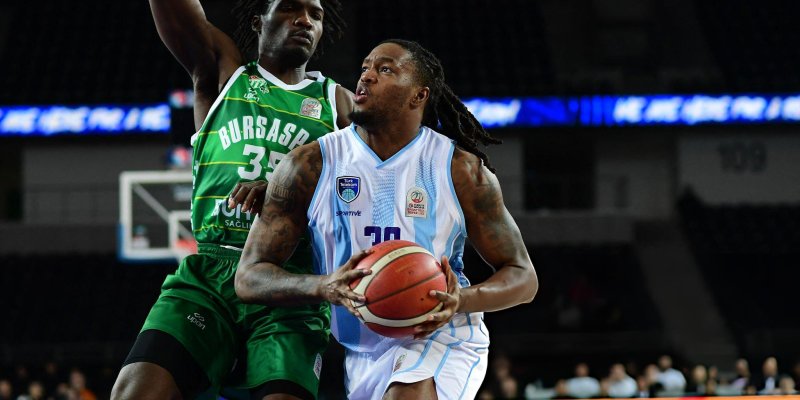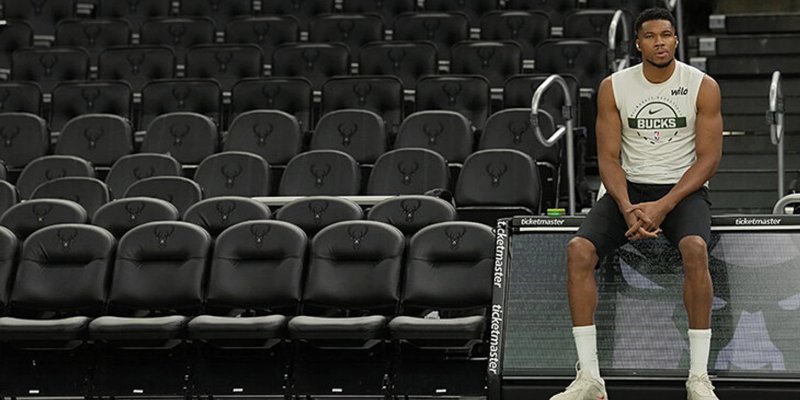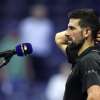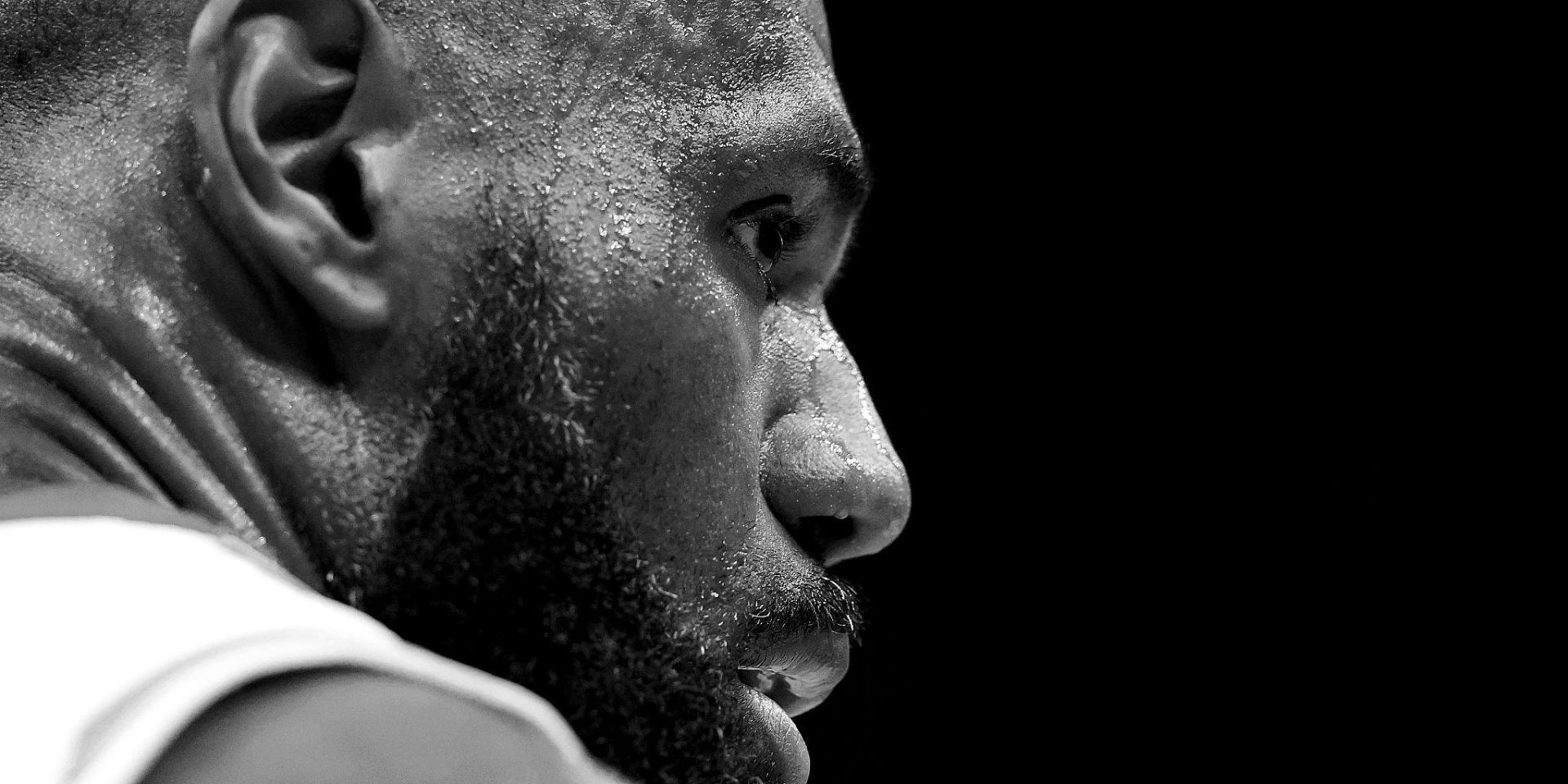
In a league where a fan’s memory is measured by the last highlight, the NBA’s most recognizable veteran is launching a season nobody has seen before — his twenty-third. Around him, the chatter swirls about injuries and missed games; curious stories surface about a fan and a lawsuit for $866.66; accusations of “nepotism” and “Ah, shit, here we go again” memes flash by. But amid this cacophony it’s easy to forget a simple thing: LeBron James still knows how to change the narrative when he chooses, not when others do. And right now he has an answer — not with talk, but with numbers in the record book and the quality of his basketball.
The Season as a Media Strategy: 'What Have You Done for Me Lately?'
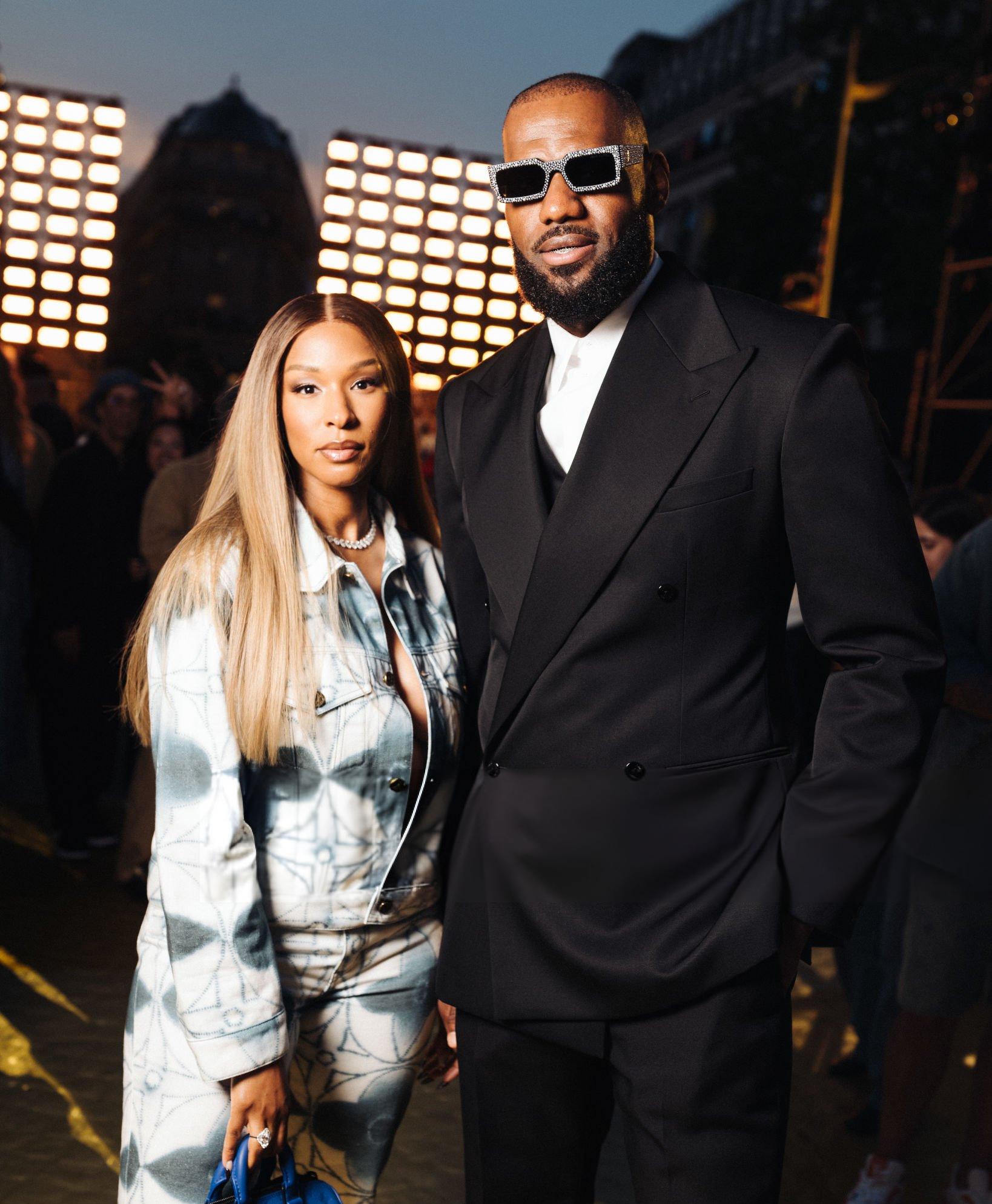
The LeBron phenomenon has long since stepped beyond the boundaries of the game. He understands the rhythm of the news cycle, knows how to spark it and aim the spotlight where it suits him. The psychology of “What have you done for me lately?” is the prime law of fan culture — and James plans to play by it, but on his own terms. Most of the historical peaks that could be conquered, he has already taken. Now the task is to shift the focus to metrics where he can still put his signature, and to move the “greatest ever” debate from airy comparisons to concrete thresholds.
Hence the flirting with a second “Decision” series, the subtle provocations, and the reminder: without him, the Lakers look different. Maybe not weaker over a short stretch, but certainly less majestic in feel and storytelling.
A Pause at the Start: Sciatica, His Own Timeline, and a Cool Look from the Sidelines
The official brief is simple: LeBron has sciatica — pain running down the back line of his right leg — and he will miss the start at least until the end of October. Head coach JJ Redick diplomatically said James is “working on his own timeline.” In practice, that means the veteran will take a short pause to weigh things: how the roster looks without him, how his body responds to load, and where the calendar offers a convenient entry point. He will return when he deems it right for both his health and the story arc. The Lakers read this too: core team patterns are being installed without him, and LeBron’s role is to come in and raise the level.
A New-Old Role: Less Primary Ball Handling, More Orchestration in the Right Moments
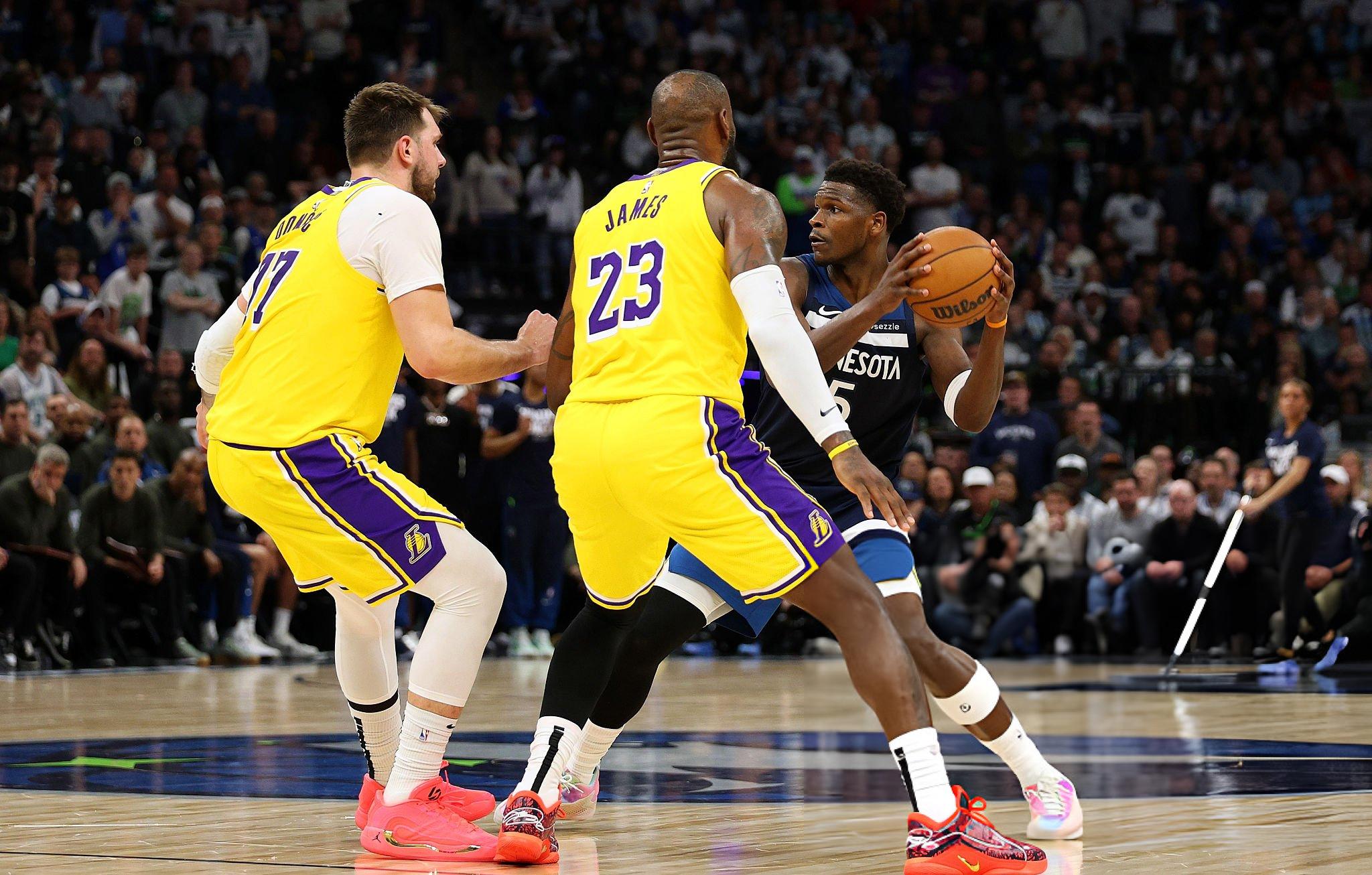
On the floor we will see a more pragmatic LeBron. Not the version that carries the ball for 40 minutes and decides everything, but the one who selects the lane where his impact is maximal. By default he is the second option in the hierarchy next to Luka Dončić; situationally, he becomes the offense’s conductor when the leader rests. It’s a compromise between two LeBrons — the Player and the Author of his legacy. The former delivers wins; the latter wants to show he is not a prop beside a rising star, but still a master who can flip a game and set the accents.
Why Step onto the Floor? To Add New Lines to History
There is a statistic that does not argue with age — it simply sums up the nights played.
Unique longevity. One appearance, and LeBron becomes the only player with 23 NBA seasons. He currently shares the summit with Vince Carter (22). The next group of iron men — Dirk Nowitzki, Kevin Garnett, Kevin Willis, and Robert Parish — stopped at 21.
Regular-season games. Parish’s 1,611-game record has stood since 1997. To dethrone “The Chief,” LeBron needs roughly fifty appearances this season. Dose the workload, skip back-to-backs, but keep moving steadily toward the mark — that’s realistic.</p >
Wins as a player’s capital. In the regular season James already has over a thousand wins — he’s on Parish’s heels and has Kareem Abdul-Jabbar (1,074) in his sights. In “regular + playoffs” combined he ranks second, and if he wishes he can reach Abdul-Jabbar’s 1,228. That’s not a one-night light show — it’s the balance sheet of a twenty-year marathon.
Field goals. Kareem is the reference point here as well: 15,837 makes. LeBron sits at 15,488. The gap is 349 — fewer than he has made in each of his 22 seasons; even in the shortened 2020/21 he hit 422 in just 45 games. Last season he recorded 651 in 70 games. With smart load management, the target is within this campaign.
The Weak Spot, According to Skeptics: What to Do with the Free-Throw Line
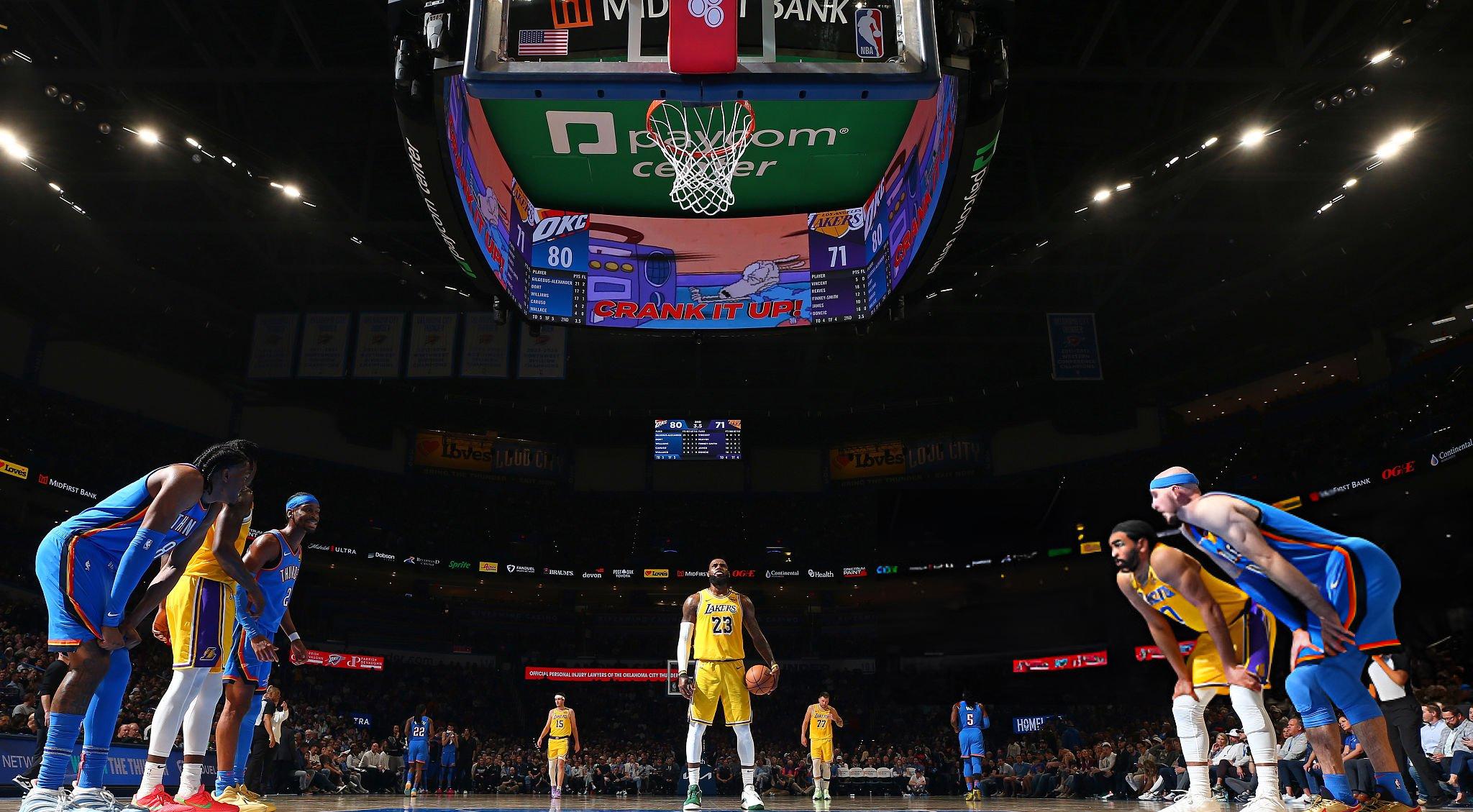
Stephon Marbury summed up an old criticism of LeBron bluntly but accurately: a magnificent universal — yes; a free-throw standard — no. James is second all-time in made free throws (8,649), but Karl Malone (9,787) is a long way off. There is, however, a more down-to-earth goal: in attempts LeBron is third (11,735). Ahead of him are Wilt Chamberlain (11,862) and again Malone (13,188). To pass Wilt he needs only 127 trips to the line. At a career average of about 7.5 attempts per game, that’s roughly seventeen games.
The nuance is that LeBron’s style is changing. Fewer hard drives through contact mean fewer whistles. So those 17 games can stretch if he protects his body and looks for the jumper more than contact at the rim. But as a minimum target, it’s excellent — attainable, visible, and measurable.
Assists as a Litmus Test of Role: The Hunt for the Top 3 and the Cost of Usage
The race that best defines LeBron-23.0 is the assist race. He is currently fourth all-time (11,584); ahead are Jason Kidd (12,091), Chris Paul (12,499), and John Stockton (15,806). Stockton lives in another galaxy, Paul is a moving target, but cracking the top three looks elegant and meaningful. He needs 507 dimes — by dry arithmetic, possible in a season or two: in recent years LeBron has been steady around 8.2.
But context outweighs averages. Before his first games alongside Dončić, LeBron was at 9 assists per night. After — he dipped to ~6.6. If we take that number as the baseline, he would need about 77 games to pass Kidd — a volume he hasn’t reached since 2017/18. This is where we move from numbers to narratives: will he contest primary on-ball usage with Luka, or choose the strategy of “I conserve resources, take what’s mine when needed, and the stats can wait”?
Team Goals vs. Personal Agenda: Where Is the Balance — On the Court or in the Media?
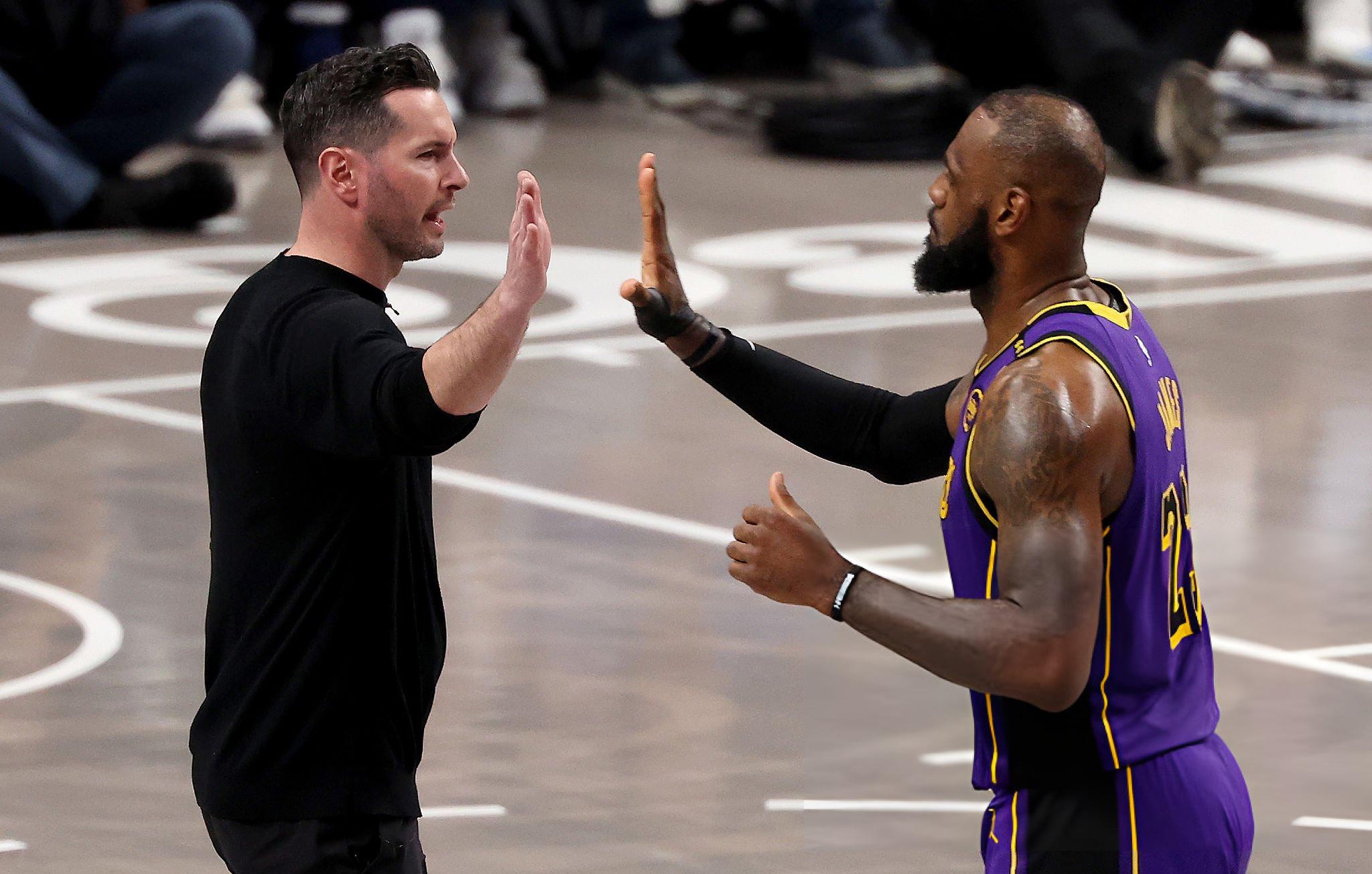
The situation is both a challenge and an irritant for LeBron. On the one hand, he chose the club where he wants to finish his career. On the other, management is building the core around a 26-year-old superstar and sees LeBron as the second option. That’s not disrespect — it’s pragmatism. But it clashes with the author of his own story. The plausible scenario is that James plays to two metronomes: sporting and media. Sometimes he is genuinely injured and saves his back; sometimes he pauses so the team feels the contrast without him, then makes a high-profile return under a statistical milestone.
Meanwhile, Redick is building the Lakers without tying the core patterns to one person. In the worst case the staff will remind everyone that LeBron is a “coach on the floor,” can read any set off half a page, and will slip back into the flow without friction.
LeBron as a Counterargument to Boredom: Why He Is Still Must-See
Some want to switch faster to new storylines — Oklahoma City, Houston, Detroit, Cleveland, Minnesota, and other new worlds. LeBron seems intent on reminding us that eras don’t close on audience demand. His annual goals are simple and bold at once:
- be the first ever to reach “23 seasons” and put a period on the durability debate;
- finish the “game” records — games, wins, field goals — that can be planned and managed by load;
- test the boundaries of his role next to Dončić: how many on-ball possessions, how many assists, how long at the wheel;
- take the media by the elbow: tease and intrigue, but answer with play when it matters.
What About Greatness? A Conversation That Won't Go Away
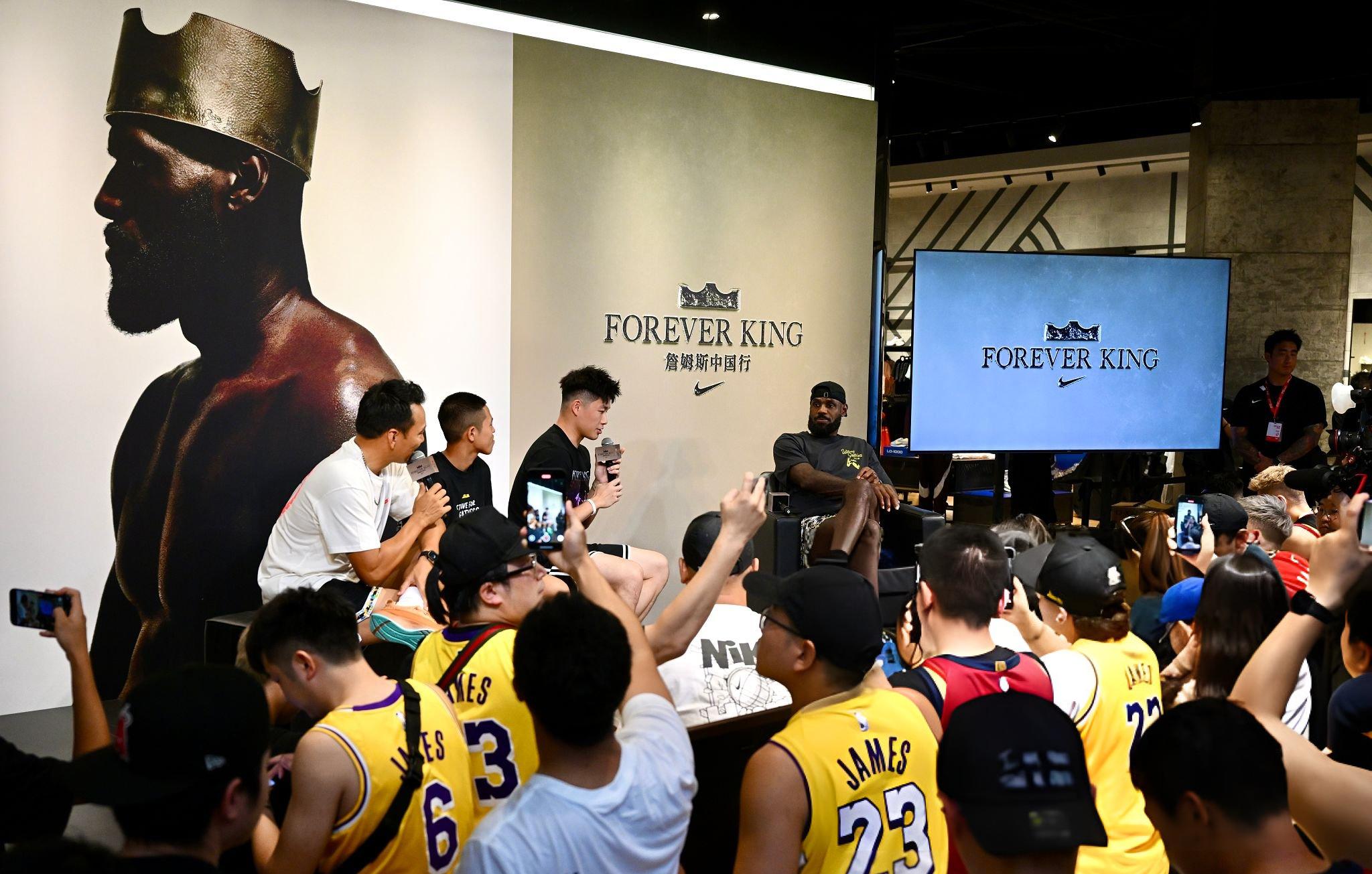
Comparisons with Michael Jordan won’t vanish. James’s supporters will point to universality — the ability to affect the game in five or six dimensions at once. Opponents will point to the “aesthetics of the moment” and specific weaknesses like free throws. More important is this: Season 23 translates the greatness debate from abstraction into measurable goals. Either you add 50 games and take Parish’s symbol of longevity — or you don’t. Either you catch Kareem in field goals — or you postpone it to “some other time.” There’s nothing to debate — you have to step out and do it.
Where Fans Should Look: A Checklist of Intrigues
- Return Timeline. How long will the “own timeline” last? Will the entry be phased — first 20–24 minutes, then a ramp-up — or will he grab the endgame right away?
- Minutes Without Dončić. The true litmus test. This is where LeBron must keep the pace, distribute shots, “feed” the shooters, and inflate the plus-minus.
- The 50-Game Threshold. The key to Parish’s record. Every unnecessary back-to-back is under the microscope.
- Assists vs. Status. Will he carry his “eight-assist” band if he handles the ball less? Or will he choose efficiency and economy?
- Free Throws. It’s about frequency, not percentage. If he attacks the rim more aggressively, the whistles return — and so does the chance to pass Wilt in attempts.
Bottom Line: LeBron Remains the Author
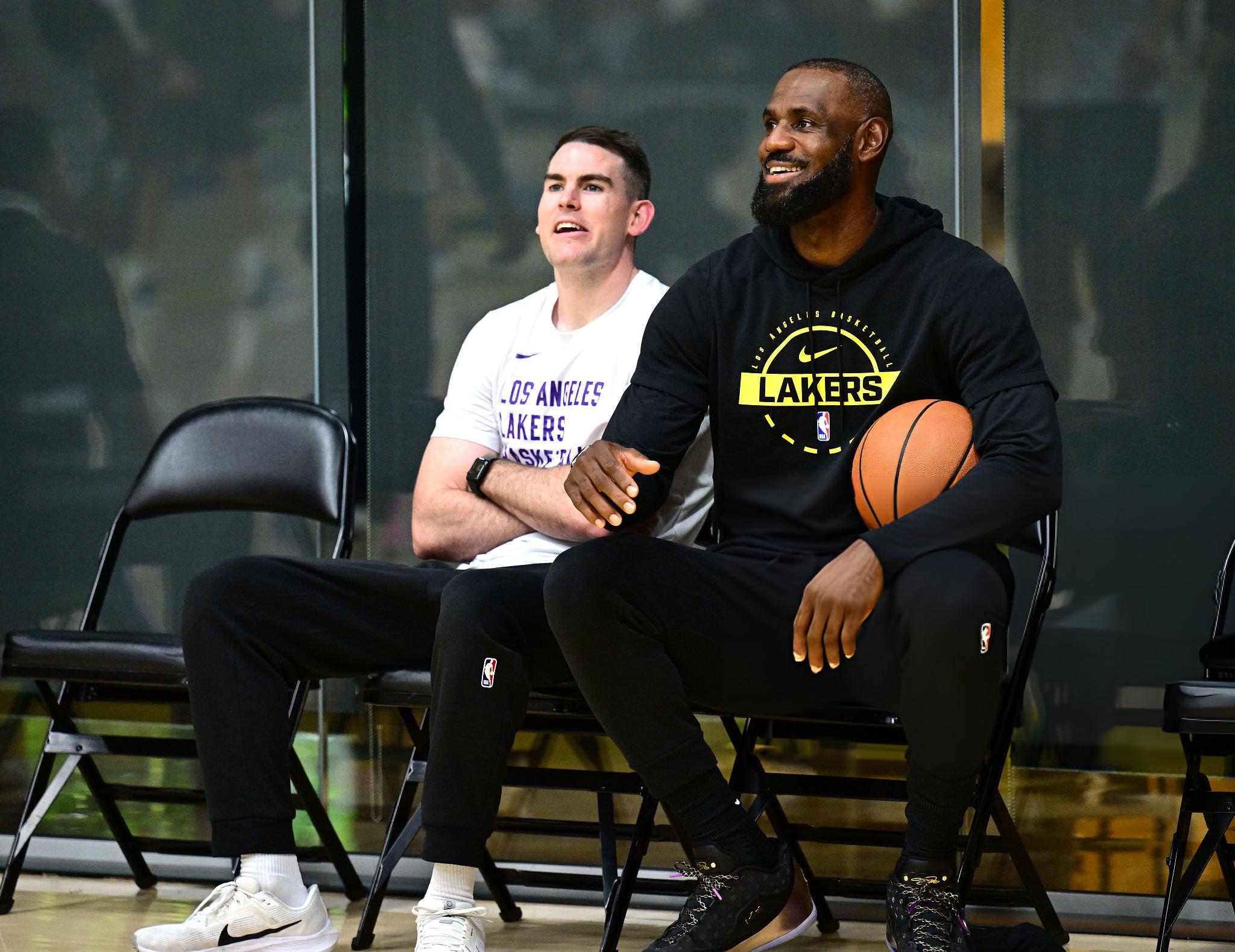
You can argue where he is No. 1 — in universality, longevity, or the ability to hold the planet’s focus. You can find areas for growth — free throws, patience off the ball, willingness to accept the “second” role. But one thing is certain: LeBron still supplies the topic of conversation and puts the period himself. His twenty-third season isn’t only about numbers and milestones; it’s about power over the narrative. He enters it not as a “pensioner” to be pitied, but as a director with several powerful final scenes in his folder. And the credits will roll when he says “stop,” not when we grow tired of waiting for the “last highlight.”

